How to vacuum a car
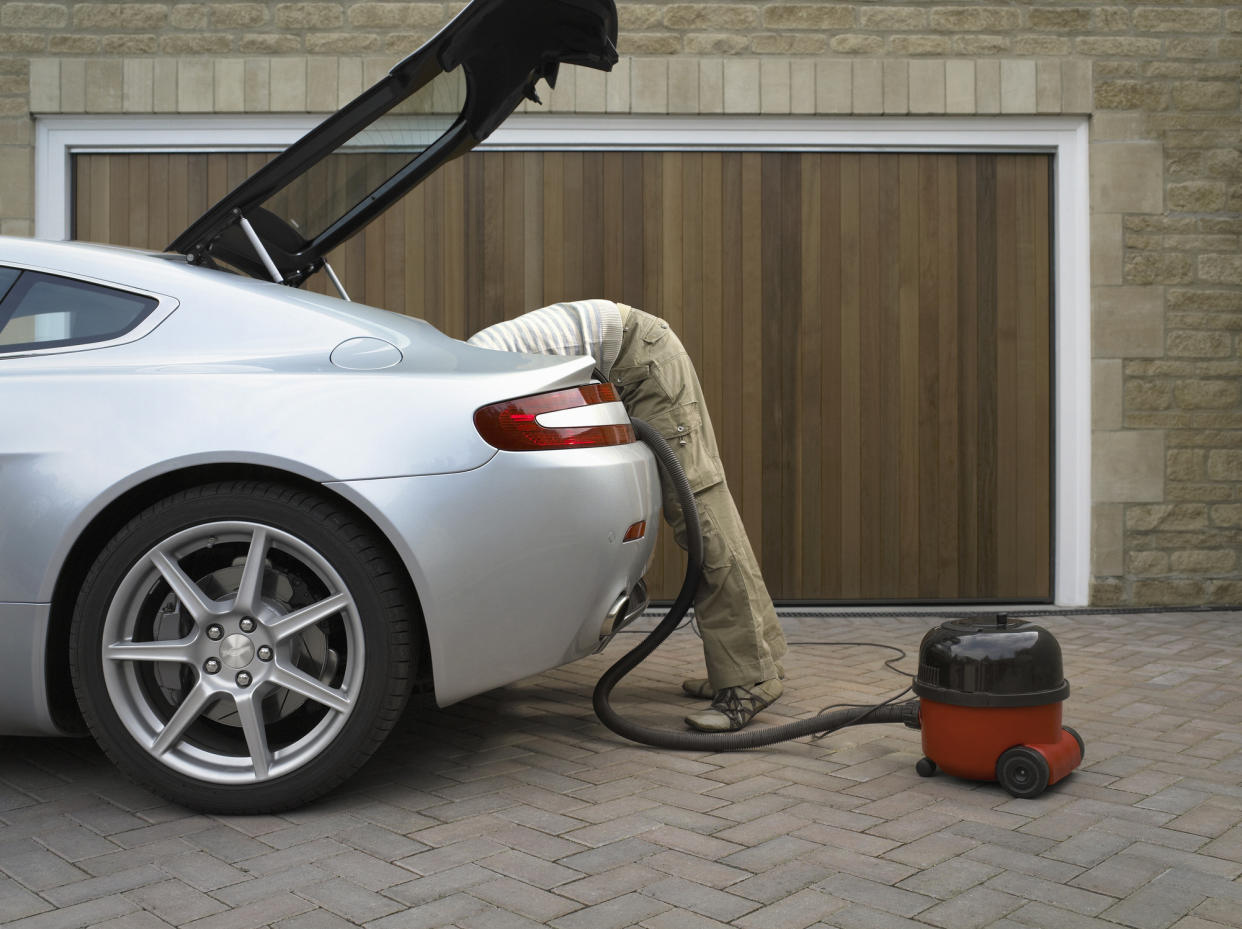
Maintaining a clean car interior is essential for your comfort and health, so our step-by-step guide on how to vacuum a car will help you get to grips with the equipment you need and how to do it properly. A clean car interior looks great and means a healthier and more enjoyable driving experience for you and your passengers.
Whether you opt for one of the best handheld vacuums or stick with your tried and trusted corded vacuum cleaner, keeping on top of dust, crumbs, dirt and other particles will help to remove odors, improve the car’s interior air quality and help boost its long-term resale value.
Tools & requirements
- Vacuum cleaner with plenty of attachments
- Extension cord
- Microfiber cloths
- Trash bags
- Car interior cleaner (optional)
Regular vacuuming and an occasional deep clean will ensure that your car remains a pleasant and hygienic space for all your journeys. So, grab your vacuum cleaner and give your vehicle the TLC it deserves.
Quick steps for how to vacuum a car
Clear out all loose items and trash
Remove interior floor mats
Slide back the passenger and driver's seats
Dust any interior surfaces
Brush the floors
Vacuum the seats and floors
Beat and vacuum the mats
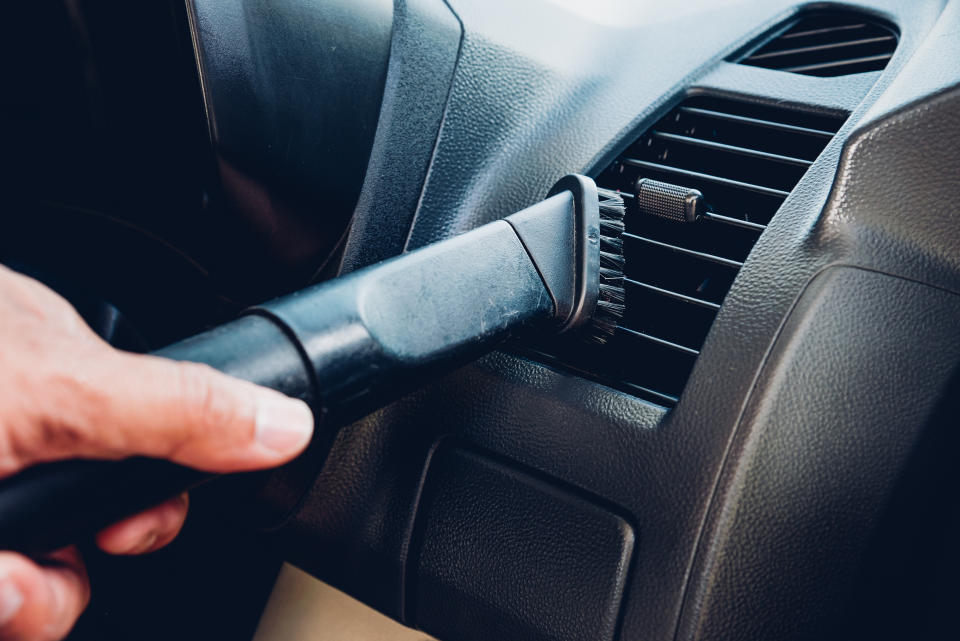
Step by step guide: How to vacuum a car
1. Clear out all loose items and trash
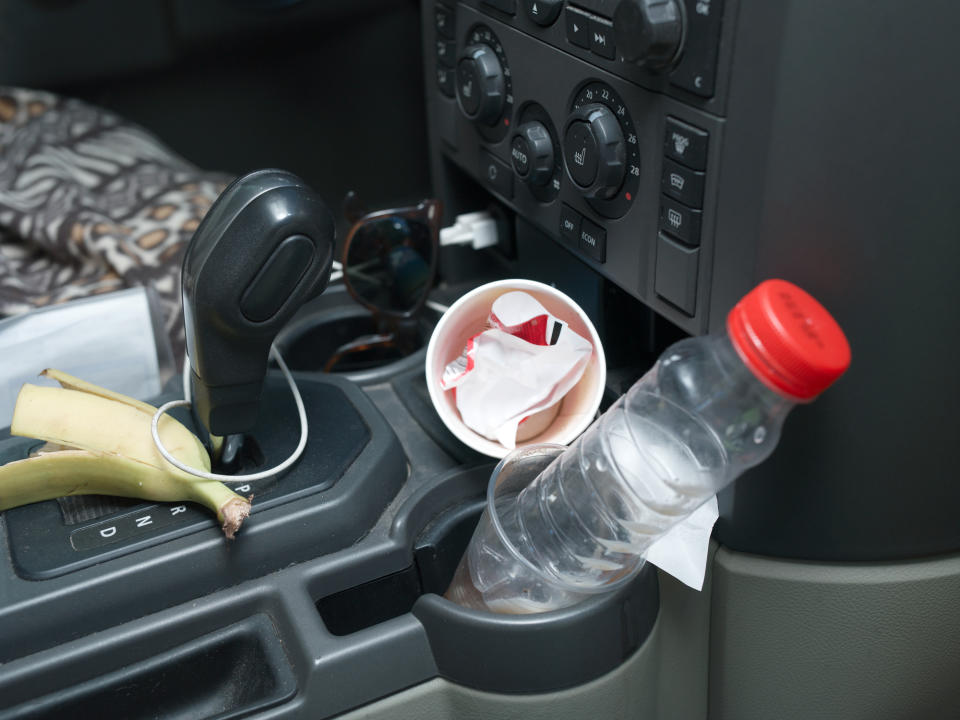
(Image: ? Getty)
Start by removing loose items from your car, such as trash, toys, or personal belongings. This step makes the vacuuming process more efficient and prevents small objects from getting stuck in the vacuum cleaner. Dispose of any trash and put the personal belongings you want to keep in the car in a separate area. You can also consider whether you really need all those charging cables, water bottles and sunglasses!
2. Remove the interior floor mats
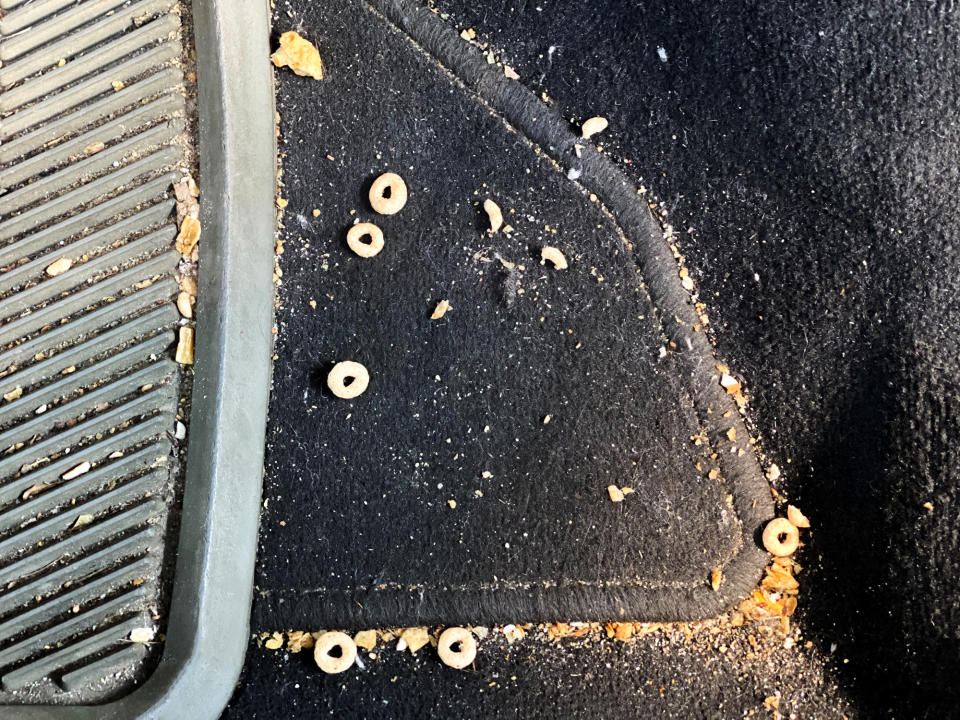
(Image: ? Getty)
Mats can trap a lot of crumbs, dirt and dust, so they’re often the messiest part of your car’s floor. Take out the front and back car mats and shake off any loose dirt and debris, either inside or outside the vehicle, depending on how bad they are! You'll vacuum the mats separately later in the process. Don’t forget to include any removable trunk liners.
3. Slide back the passenger and driver's seats
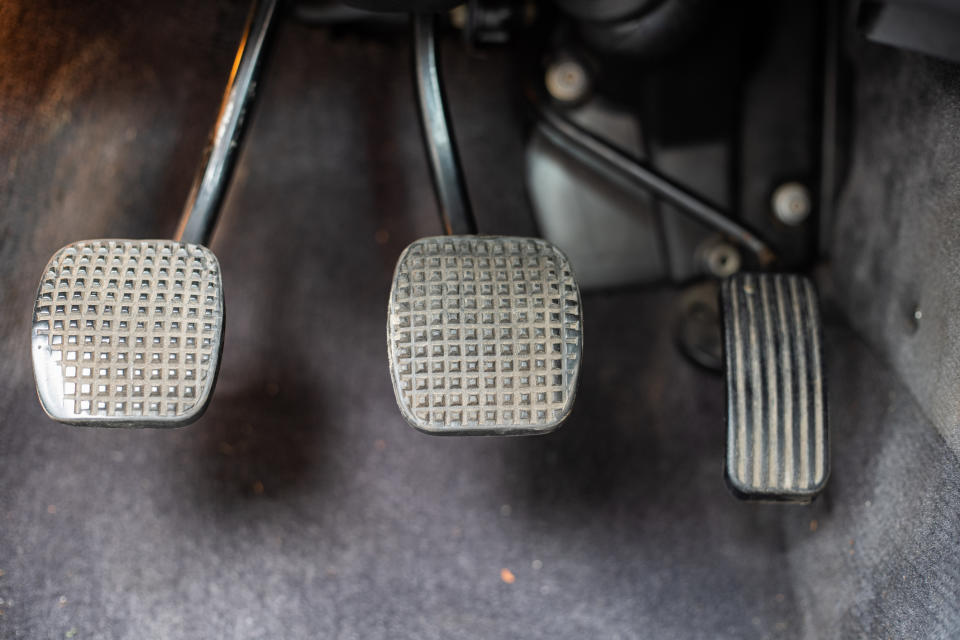
(Image: ? Getty)
You’ll need plenty of room for moving into those tight spots and hard-to-reach areas, particularly around the pedals, so slide any movable seats back before you start. And don’t forget to slide them back into position later to catch any other sites that haven’t been vacuumed.
4. Dust all interior surfaces
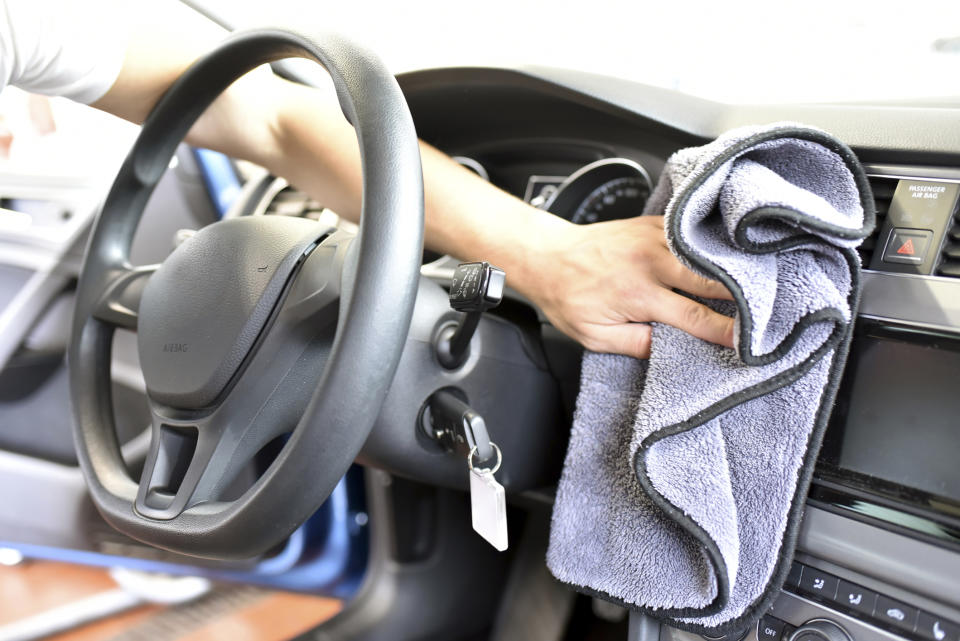
(Image: ? Getty)
It’s a good idea to dust everything now so heavier particles can fall to the floor and be vacuumed later. This includes the dashboard, interior pockets in the car doors, steering wheel, and air vents. Use a microfiber cloth or a soft brush attachment on your vacuum.
5. Brush the floors

(Image: ? Getty)
Using a stiff bristle brush or a brush attachment on your vacuum cleaner, give your car floors a vigorous dry scrub. This will loosen any deeply ground dirt and debris you can vacuum up later, so you’ll get a much deeper clean.
6. Vacuum the seats and floor
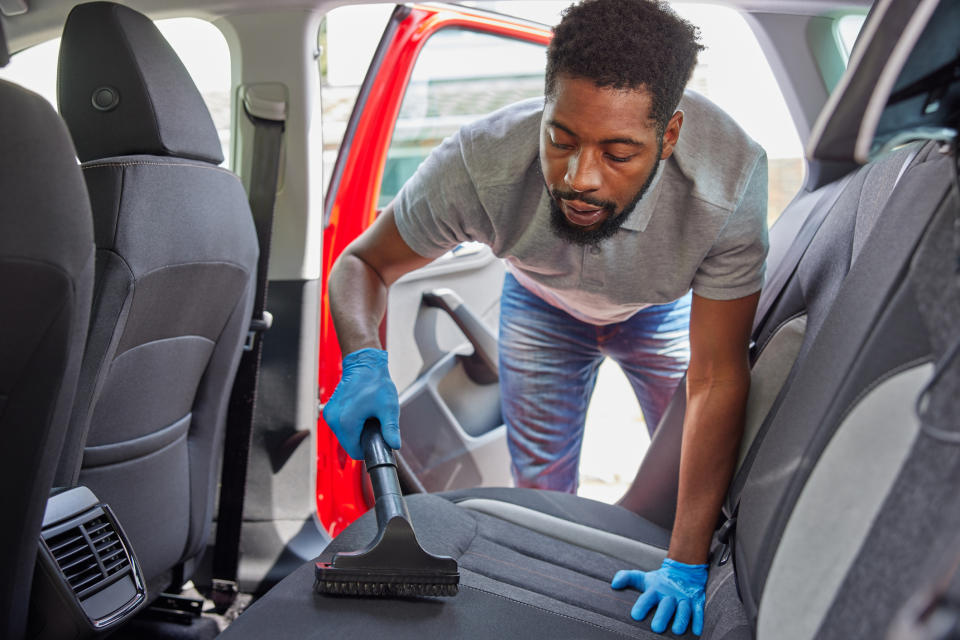
(Image: ? Getty)
Begin by vacuuming the seats, paying particular attention to crevices and seams. Use a crevice or nozzle attachment to help you get into tight spots.
Then, move on to the floor and carpet, using different vacuum attachments depending on how much space you have. Move your vacuum head in multiple directions to pick up as much debris as you can from the carpet’s fibers.
Concentrate on areas where debris accumulates, such as the seat track rails and the space beneath the pedals. These are areas that often harbor hidden dirt.
7. Beat and vacuum the mats
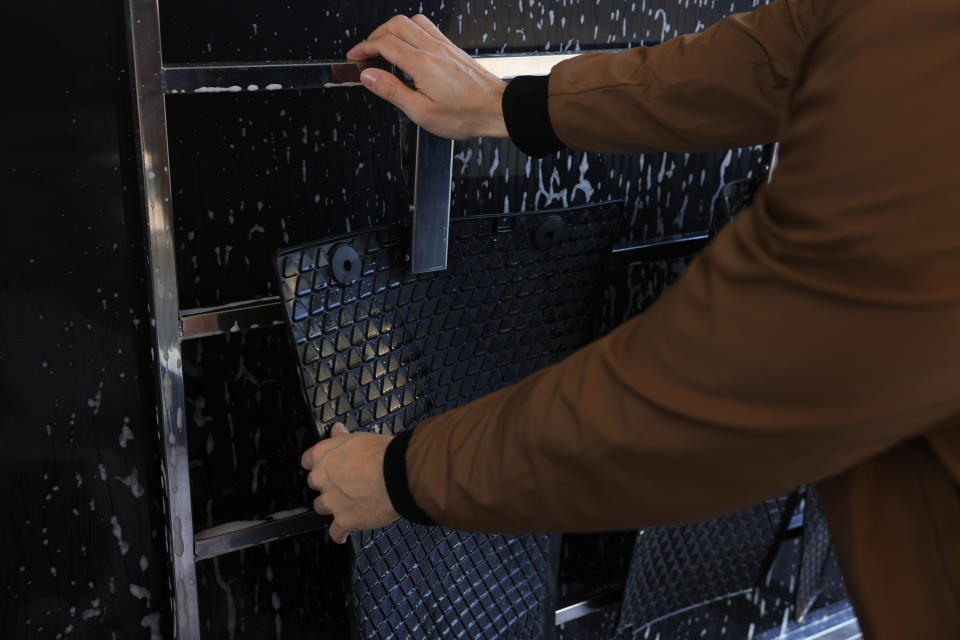
(Image: ? Getty)
Give your car mats a good beating against a wall or the ground outside to remove debris and dust, then vacuum them front and back. If they have a rubber finish, you can wipe them down with a disinfectant and cloth, then hang them to air dry before placing them back into your now hygienic and dust-free car!
FAQs
How often should I vacuum my car?
It depends on your circumstances and how quickly your car gets dirty. Anywhere from weekly to monthly is a general guideline for most people. Families with small children and people with pets may have to vacuum their car more frequently, while those who only use it occasionally can leave it for longer. However, here’s some general advice on how often you should vacuum depending on your circumstances:
Weekly: A weekly vacuum can help keep your car free from dirt, dust, and debris that can build up, especially if you drive frequently or commute a lot. Weekly vacuuming will help maintain a clean and hygienic interior.
Monthly: If you don't drive your car much, you can probably get by with vacuuming it once a month. This will help keep any dirt from accumulating too much.
Before long trips: It's a good idea to vacuum your car before any long road trips. This will help keep the car fresh and clean for you and all your passengers.
Seasonally: How often you need to vacuum can vary by season. In the winter, more dirt and salt can accumulate in the carpets and mats, so clean more frequently. In drier summer months, you may only need to vacuum as often if you love to visit the beach.
If you’re unsure, just look in your car and see if it looks dirty or dusty. If so, go ahead and give it a vacuum. Don't let it get too messy before cleaning it out.
Should you vacuum or wipe your car first?
It’s up to you! If your car surfaces, such as your dashboard and air vents, are harboring a lot of dust and debris, it’s a good idea to vacuum them first. This will help to remove any loose dirt and debris, making cleaning easier. Once that's done, you can wipe down surfaces with a microfiber cloth and a suitable interior cleaner.
However, if they just need a general dusting, there’s no reason why you can’t do this step first, allowing particles to fall to the floor so that you can vacuum them up later.
What type of vacuum is best for cars?
There are many models to choose from when it comes to vacuuming your car, but the key features to look for are portability, suction power and plenty of attachments. Here are some options for effective cleaning:
1. Handheld or portable vacuum: A handheld or cordless vacuum with various attachments is ideal for car cleaning, as it’s portable and lightweight. These vacuums also provide the flexibility to reach tight spaces and crevices in your car's interior without the hassle of tangled cords. Look for models with crevice tools and brushes, as they’re particularly well-suited for cleaning all those nooks and crannies. And make sure you use a model with good battery life to ensure uninterrupted cleaning.
2. Wet/dry vacuum: A wet/dry vacuum can handle dry debris and liquid spills really well, which is especially useful for cars. It’ll also give you a deeper clean.
3. Car vacuum: Many car-specific vacuums are designed just for auto detailing and come with attachments designed to reach those challenging, hard-to-access areas of your car's interior.
5. Shop vacuum: Sturdy and powerful, a shop vacuum can make quick work of cleaning your car, especially if you don't mind the larger size. They typically have lots of attachments, powerful suction, large capacity and feature wet and dry cleaning, so they can be a good choice if you have multiple cars or like a professional finish.
Final thoughts
A clean car makes driving more comfortable, keeps it hygienic, and helps it stay valuable when you want to resell it. It also shows that you take care of your things.
Taking out mats for separate cleaning, wiping down surfaces and vacuuming the seats and carpets will help to maintain your car’s interior in top condition. Whether you do that monthly or weekly will depend on how much you use it and whether you have small children or pets.
Finding the right vacuum can boost your cleaning power - look for good suction and plenty of attachments to help you achieve an effective clean.